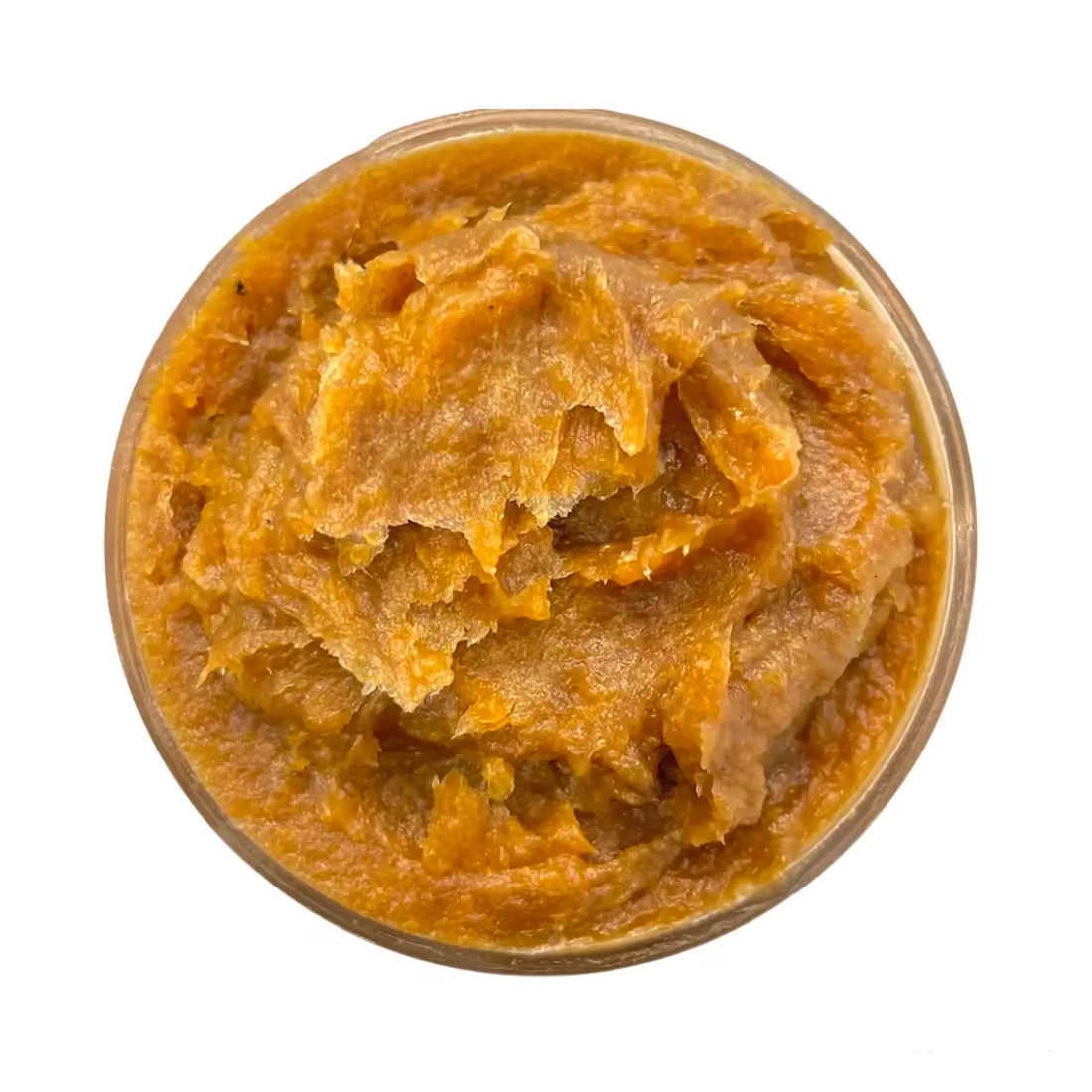Batana oil is extracted from the American palm tree and has a rich history. According to Dr. Sebi, its origins are tied to the history of Honduras, where it was traditionally used in beauty products. It has been a favorite for centuries among the indigenous Miskito people of Honduras, who nicknamed it the “miracle oil” due to its purported benefits for promoting hair growth and improving the skin.
What are the benefits of batana oil?
One of the main benefits of incorporating batana oil into your beauty routine is its nourishing properties. Due to its high content of vitamins and omega-6 fatty acids, the oil can act as an emollient to hydrate the skin, explains Robinson.
A notable advantage of batana oil, which is not often found in natural oils on the market, is its ability to protect the skin from harmful UV rays. Dr. Sebi states that batana oil contains tocopherols and tocotrienols, which act as antioxidants and protect the skin from UV radiation and environmental pollution. Additionally, they help fight free radicals that can lead to photo-damage.
Are there any side effects of using batana oil?
As with any natural product, there is a potential risk of allergic reactions or sensitivity, such as redness, flaking, and itching, according to Dr. Sebi. Nevertheless, batana oil is generally safe for all skin types.
It is important to remember, however, that skin tolerance to certain ingredients can vary. It is therefore recommended to perform a patch test before using any new product or skincare ingredient, or to consult a dermatologist. If you want to test it at home, Dr. Sebi advises applying a small amount of the oil to the inside of your forearm for two to three consecutive nights. If no reaction occurs, you can be confident that the product is safe to use on your face.
What is the best way to incorporate batana oil into your skincare routine?
There are several ways to integrate batana oil into your daily routine to help your skin appear radiant and healthy. Dr. Robinson recommends adding the oil to your facial cleanser, moisturizer, or mask.
However, it’s important to use the oil in moderation. According to Dr. Sebi, using this ingredient a few times a week is sufficient. For dry or dehydrated skin, the oil can be used one to two nights per week. For those with oily or acne-prone skin, she recommends using the oil as the first step in the skincare routine, followed by a water-based cleanser to prevent clogged pores.

